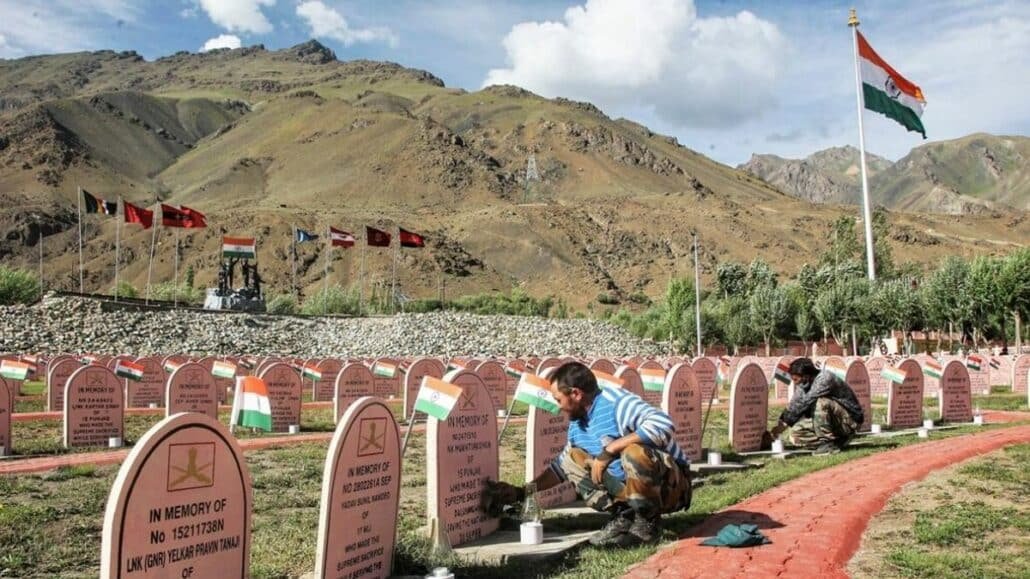On the eve of Kargil Diwas, let us recognise the history of one of the great battles fought between Independent India and Pakistan. Fought from May to July 1999 the battle received its name as it occurred in the district of Kargil in the erstwhile state of Jammu and kashmir.
Also known as Kargil conflict, in India the conflict is codenamed as Operation Vijay (Victory) assigned with the work to clear out Kargil sector.
Significance of the war
Jammu and Kashmir– the only Muslim majority state in the Hindu majority country was acceded to the dominion of India by signing the Instrument of Accession by the king of Jammu and Kashmir, Maharaja Hari Singh. Pakistan recognised this agreement as void and alleged that the king was threatened by the Indian Government and claimed equal rights on Kashmir since then.
The conflict brought International institutions to look into the conflict as both the countries were nuclear states by then. The main cause for the conflict is the infiltration of pakistani troops disguised as Kashmiri militants into positions on the Indian side of LoC.
Initially, Pakistan blamed Kashmiri insurgents, but the documents left behind by casualties and the statements of various pakistani officials showed the involvement of Pakistani paramilitary forces. Background of the conflict.
During 1998-99 some elements of the pakistani armed forces sent their troops and paramilitary forces after training into the Indian side of the Line of Control (LoC). Some alleged that the Mujahideen were some of the infiltrated forces among them. This infiltration was codenamed “Operation Badr” whose aim is to sever the link between Kashmir and Ladakh and cause Indian forces to withdraw from the Siachen Glacier.
The highest battleground in the world). Pakistan believed that this conflict could internationalise the issue and secure a speedy resolution. The then Pakistani Lieutenant General and the head of ISI analysis wing Shahid Aziz wrote in his article “The Nation daily” in January 2013- “There were no Mujahideen, only taped wireless messages, which fooled no one. Our soldiers were made to occupy barren ridges, with handheld weapons and ammunition”. Soon after hearing of the infiltration, the Indian Government responded by mobilising 200,000 Indian troops in the name of Operation Vijay. While the number of infiltrators has been approximately at 5000, the Indian military in the Kargil-Drass sector were around 30,000. Apart from the infiltrated forces, there are troops from Pakistan-administered Kashmir who provided additional artillery support.
Under the name of Operation Talwar the Indian Navy has blocked all pakistani ports and cut-off all supply routes. The Navy had begun aggressive patrols and threatened to cut off Pakistan’s sea trade.
This affected the sea based oil and trade flows. In the operation Safed Sagar the Indian Airforce has attacked the well-entrenched positions of pakistani forces day and night. Even though there are huge casualties, as the pakistani forces are heavily armed to teeth, the relentless attacks by Army and Airforce in the last week of July cleared the pakistani forces in Drass sector and the fighting ceased on 26 July.
With the help of Indian Airforce and Navy, the Indian Army defeated the insurgents in the war and hosted the national flag at Kargil on July 26 which is celebrated as Kargil Diwas. It is estimated that 527 Indian soldiers were martyred in the war, while over 1,300 were injured. Heavy International pressure by countries like the United States of America and resource depletion are some other major reasons for the withdrawal of Pakistani forces.
